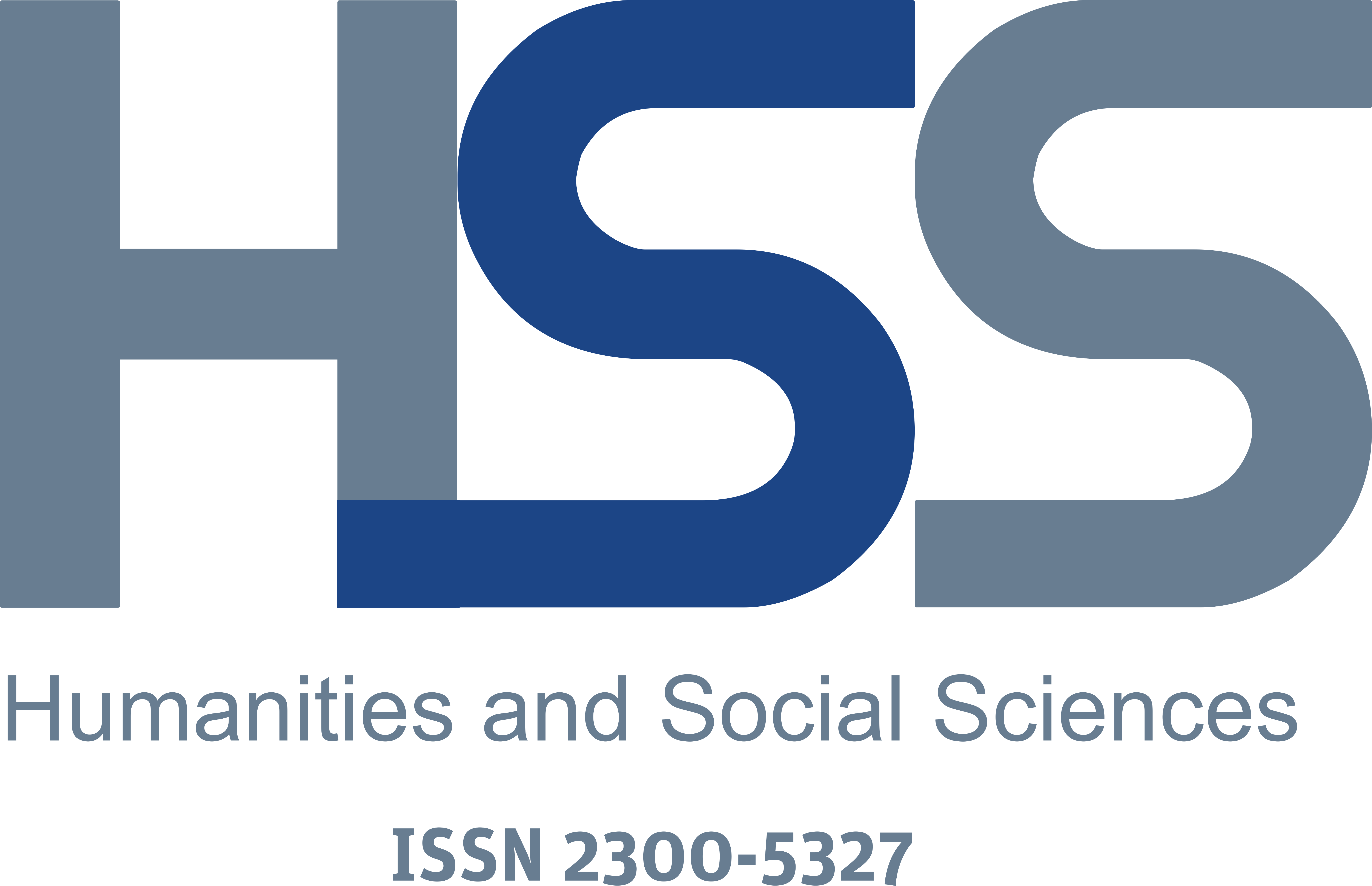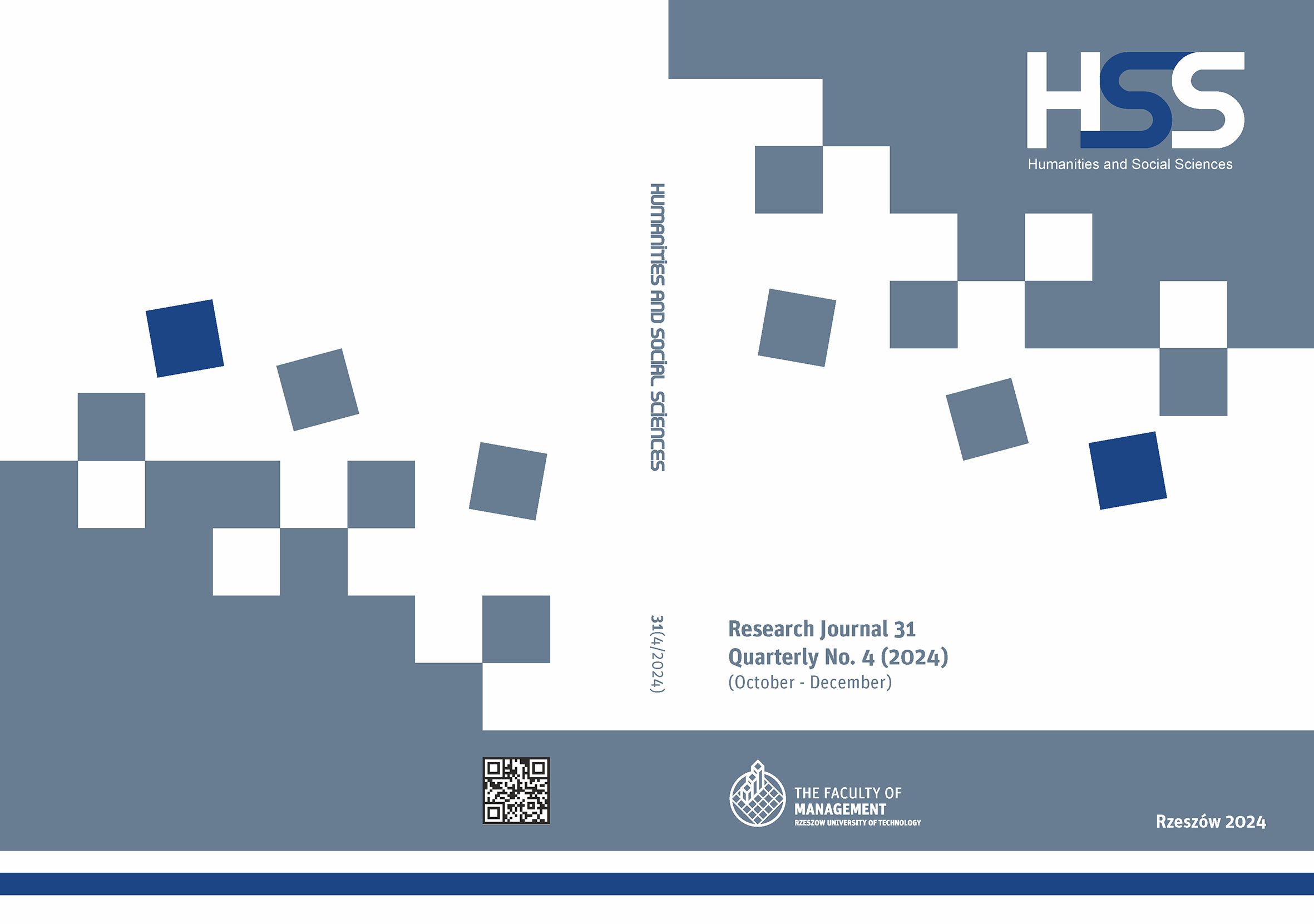Abstrakt
Past studies have established the association between safety culture and workplace behavior, yet the possible effect of work-life balance on this association has not been explored. This study investigates the mediating effect of work-life balance in the link between safety culture and workplace safety behavior among brewery workers. A sample of 250 (F = 36.2%; mean age = 24.94, SD = 4.96) brewery workers responded to three scales viz: Safety Culture Scale (SCS), Work-Life Balance Scale (W-LBS), and Workplace Safety Behaviour Scale (WSBS). Correlational analyses showed that safety culture was negatively related to work-life balance but positively related to workplace safety behavior among brewery workers. From the mediation analyses, safety culture and work-life balance independently predicted workplace safety behavior while work-life balance had an indirect effect on the association between safety culture and workplace safety behavior. The study concludes that efforts at sustaining safety culture that supports employees’ capacity to attain work-life balance may enhance the safety behavior of brewery workers.
Bibliografia
Afuye, O., Aina, O., Oladimeji, O., Mohammed, T. (2022). Perceptions of safety behaviour-modifying techniques in construction firms: Insights from Lagos, Nigeria. “Acta Structilia”, 29(1). DOI: 10.18820/24150487/as29i1.3.
Al-Bayati, A.J. (2021). Impact of construction safety culture and construction safety climate on safety behaviour and safety motivation. “Safety”, 7(41). DOI: 10.3390/safety7020041.
An, J.M., Kim, J., Yoon, S., Woo, K.H., Cho, S.Y., Kim, K., Jo, H.R. (2020). Association of work-life balance with occupational injury and work-related musculoskeletal pain among Korean workers. “Annals of Occupational and Environmental Medicine”, 30(32). DOI: 10.35371/aoem.2020.32.e20. PMID.
Asamani, L. (2020). Promotes safety culture and enhance safety performance through safety behaviour. “European Journal of Business & Management”, 5(4). DOI: 10.24018/ejbmr.2060.5.4.405.
Baraei, B., Mahmoodi, H., Rahmani, K., Ponnet, K., Pashaei, T. (2022). Predictors of safety behaviors among cement factory workers. “International Journal of Occupational Safety and Ergonomics”, 28(4). DOI: 10.1080/10803548.2021.1976482.
Bautista-Bernal, I., Quintana-García, C., Marchante-Lara, M. (2024). Safety culture, safety performance and financial performance. A longitudinal study. “Safety Science”, 172. DOI: 10.1016/j.ssci.2023.106409.
Chan, A.P.C., Chiang, Y., Wong, F.W., Abidoye, F.A. (2020). Work-life balance for construction workers. “Journal of Construction Engineering and Management”, 146(5). DOI: 10.1061/(ASCE)CO.1943-7862.0001800.
Cooper, D. (2000). Towards a model of safety culture. “Safety Science”, 36(2).
Dinh, L. N. (2020). Determinants of employee engagement mediated by work-life balance and work stress. “Management Science Letters”, 10.
Efiok, J.N., Oluseye, O., Uduak, T., Olalekan, R. (2015). Safety Culture, Policies and Practices in Nigeria Maritime Industry: The Exxon – Mobil Experience. “Open Journal of Safety Science and Technology”, 5.
Ehiaguina, E., Moda, H. (2020). Improving the Safety Performance of Workers by assessing the impact of safety culture on workers’ safety behaviour in Nigeria Oil and Gas industry: A pilot study in the Niger Delta Region. “International Journal of Medical and Health Sciences”, 14(6).
Greenhaus, J.H., Powell, G.N. (2006). When Work and Family Are Allies: A Theory of Work-Family Enrichment. “Academy of Management Review”, 31(1).
Hammer, L.B., Neal, M.B., Newsom, J.T., Brockwood, K.J., Colton, C.L. (2005).
A longitudinal study of the effects of dual-earner couples' utilization of family-friendly workplace supports on work and family outcomes. “Journal of Applied Psychology”, 90(4).
Hamidah, N. U. (2019). Improving Safety Behaviour in the Workplace. “Advanced in Economics, Business and Management Research”, 154.
Harsini, A.Z., Ghofranipour, F., Sanaeinasab, H. et al. (2020). Factors associated with unsafe work behaviours in an Iranian petrochemical company: perspectives of workers, supervisors, and safety managers. “BMC Public Health”, 20. DOI: 10.1186/s12889-020-09286-0.
Jaharuddin, N.S., Zainol, L.N. (2019). The impact of work-life balance on job engagement and turnover intention. “The South East Asian Journal of Management”, 13(1). DOI: 10.21002/seam.v13i1.10912.
Jonathan, G.J., Mbogo, R.W. (2016). Maintaining health and safety at workplace: Employee and employer’s role in ensuring a safe working environment. “Journal of Education and Practice”, 7(29).
Kotera, Y., Green, P., Sheffield, D. (2020). Work-life balance of UK construction workers: relationship with mental health. “Construction Management and Economics”, 38(3). DOI: 10.1080/01446193.2019.1625417.
Moda, H.M., Dama, F.M., Nwadike, C., Alatni, B.S. Adewoye, S.O., Sawyerr, H. et al. (2021). Assessment of workplace safety climate among healthcare workers during the COVID-19 Pandemic in low and middle income countries: A case study of Nigeria. “Healthcare”, 9(661). DOI: 10.3390/healthcare9060661.
Nwagbara, U. (2020). Institutions and organisational work-life balance (WLB) policies and practices: Exploring the challenges faced by Nigerian female workers. “Journal of Work-Applied Management”, 12(1).
Okeya, O.E., Ajayi, O.S., Awoniyi, M.O. (2020). Effects of Work-Life Balance on Health and Wellbeing of Employees in the Nigeria Banking Industry. “International Journal of Research and Review”, 7(7).
Olatubi, M.I., Olatubi, V.I. (2017). Ensuring a safe working environment in Nigeria: Reality or Myth. “American Journal of Environmental and Resource Economics”, 2(3).
Rashmi, K., Kataria, A. (2021). The mediating role of work-life balance on the relationship between job resources and job satisfaction: perspectives from Indian nursing professionals. “International Journal of Organisational Analysis”. DOI: 10.1108/IJOA-04-2021-2722.
Samroodh, M., Anwar, I., Ahmad, A., Akhtar, S., Bino, E., Ali, M.A. (2023). The indirect effect of job resources on employees’ intention to stay: A serial mediation model with psychological capital and work-life balance as the mediators. “Sustainability”, 15. DOI: 10.3390/su15010551.
Schwartz, S.P., Adair, K.C., Bae, J., Rehder, K.J., Shanafelt, T., Profit, J., Sexton, J.B. (2018). Work-life balance behaviours cluster in work settings and relate to burnout and safety culture: A cross-sectional survey analysis. “BMJ Quality & Safety”, 28.
Tasdenlen-Karckay, A., Bakalim, O. (2017). The mediating effect of work-life balance on the relationship between work-family conflict and life satisfaction. “Australian Journal of Career Development”, 26(1). DOI: 10.1177/1038416216682954.
Tran, Y., Liao, H.H., Yeh, E.H., Ellis, L.A., Clay-Williams, R., Braithwaite, J. (2021). Examining the pathways by which work–life balance influences safety culture among healthcare workers in Taiwan: path analysis of data from a cross-sectional survey on patient safety culture among hospital staff. “BMJ Open”, 11(11). DOI: 10.1136/bmjopen-2021-054143.
United Nations Global Compact (2022). A safe and healthy working environment. Access on the internet: https://unglobalcompact.org/take-action/safety-andhealth.
Vinodkumar, M.N., Bhasi, M. (2010). Safety management practices and safety behaviour: Assessing the mediating role of safety knowledge and motivation. “Accident Analysis and Prevention”, 42.
Vinodkumar, M.N., Bhasi, M. (2011). A study on the impact of management system certification on safety management. “Safety Science”, 49.
Windapo, A., Oladapo, A. (2012). Determinants of construction firms’ compliance with health and safety regulations in South Africa [In:] Smith, D.D., ed., Process 28th Annual ARCOM conference, 3-5 September 2012, Edinburgh, UK. “Association of Research in Construction Management”.
Zailani, B.M., Moda, H., Ibrahim, Y.M., Abubakar, M. (2022). Improving the antecedents of non-compliance to safety regulations toward an optimized self-regulated construction environment in Nigeria. “International Journal of Occupational Safety and Ergonomics”. DOI: 10.1080/10803548.2022.2115657.


